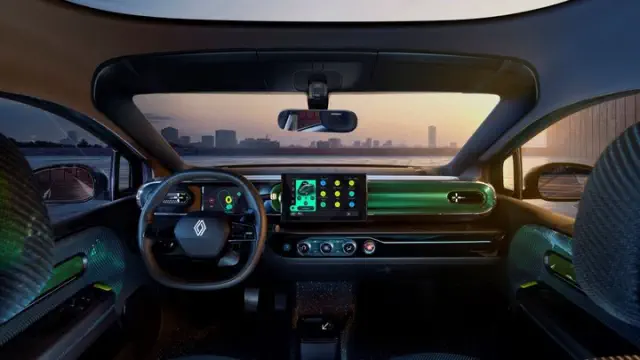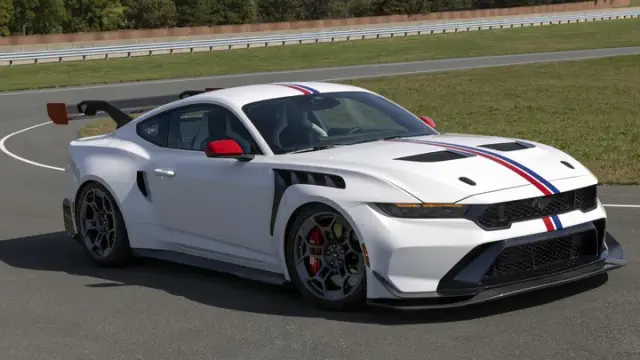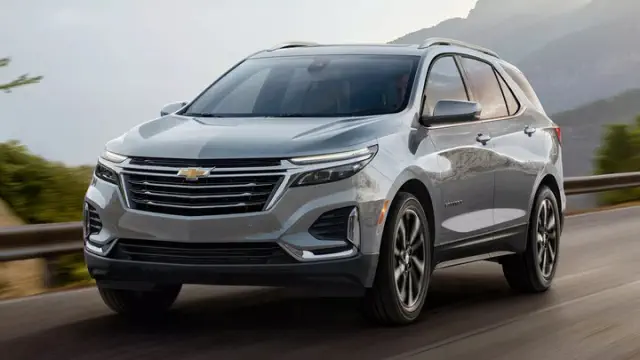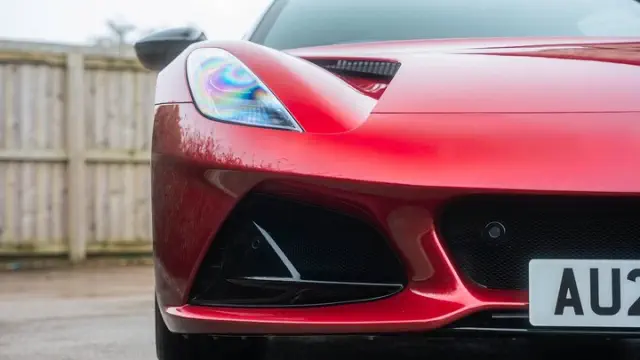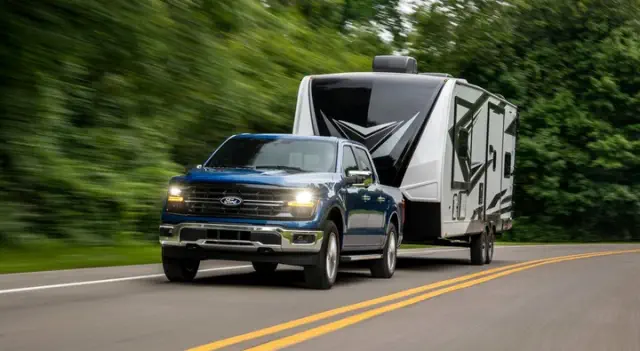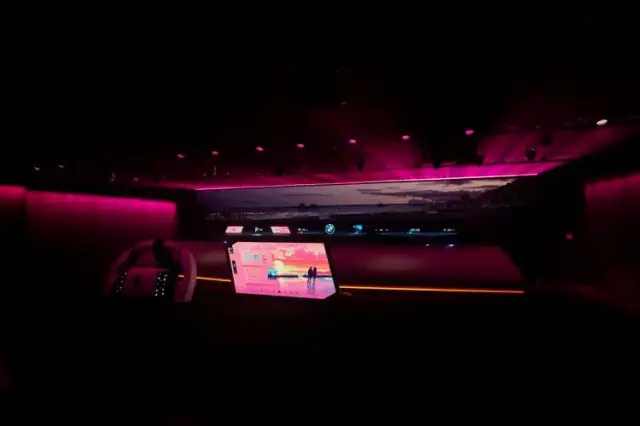
View pictures in App save up to 80% data.
Advancements in automotive technology are set to transform your driving experience, significantly improving both comfort and interaction.
The automotive industry is experiencing a significant evolution, fueled by a wave of groundbreaking technologies designed to improve the in-car experience. Manufacturers are expanding their focus beyond conventional car production, delving into state-of-the-art innovations like AI-powered assistants and holographic interfaces. This strategic shift not only establishes them as pioneers in automotive technology but also creates new avenues for connecting with consumers in unprecedented ways.
Hyundai Mobis is leading the charge in automotive innovation with its pioneering full-windshield holographic technology. This cutting-edge advancement opens up new possibilities for interactive driving by displaying real-time data directly on the windshield. Picture having a virtual assistant navigate your journey, providing updates on traffic and road conditions while keeping your focus on the road. This type of technology not only captivates consumer attention but also redefines the expectations drivers have for their vehicles.
As car manufacturers work towards delivering remarkable driving experiences, a significant trend has emerged: the incorporation of innovative interior lighting systems aimed at alleviating motion sickness. For numerous passengers, extended journeys can frequently result in unease, presenting a challenge for automotive companies committed to improving passenger comfort and overall well-being. By prioritizing the creation of ambient lighting that adjusts according to driving conditions and the emotional state or requirements of the passengers, automotive brands can successfully tackle these issues. This focus not only enriches the driving experience but also signifies a profitable trend in the industry, boosting sales and enhancing customer satisfaction.
In addition, the incorporation of AI voice assistants into infotainment systems is gaining traction in contemporary automobiles. This trend fosters a tailored experience that accommodates the distinct preferences of both drivers and their passengers. Picture the ease of a lengthy journey, engaging in dialogue with an AI that manages entertainment, navigation, and climate controls—all through effortless voice commands. This movement towards customized in-car experiences marks a notable advancement in enhancing user satisfaction and opens up numerous opportunities for promoting tech features that resonate with consumers.
The growth of these technologies goes beyond just being a trend; it signifies a profound comprehension of consumer preferences and challenges. As innovations continue to evolve, car manufacturers can foster greater interaction and loyalty among their customers. Drivers are increasingly inclined to select vehicles that incorporate these cutting-edge technological advancements, enhancing both safety and pleasure while on the road. As these features gain widespread acceptance, they will provide a distinct advantage to those manufacturers who are committed to investing in top-tier technology.
As consumer preferences change, car manufacturers are placing greater importance on comfort and technology. The growing desire for superior cabin experiences is paving the way for the future of automotive design. Companies that focus on these innovations are not only boosting the attractiveness of their vehicles but are also poised to capture a larger portion of the market. This readiness to evolve and improve signifies a progressive approach that resonates with modern consumers.
The conversation surrounding these technological advancements also highlights the environmental considerations associated with automotive innovation. As the industry moves towards more sustainable methods, car manufacturers are not solely focused on luxury features; they are equally committed to minimizing their environmental impact. Recognizing consumer preferences for sustainability indicates a transformation in industry norms, where environmentally conscious practices are integrated with cutting-edge technologies.
Compounding the complexity is the emergence of digital craftsmanship, where vehicle interfaces are crafted to be not only intuitive but also visually appealing. This trend stems from an increasing recognition of the significance of user experience, merging practicality with elegant design. As the demand for engaging and user-centric designs rises, automotive manufacturers are required to partner with technology specialists who possess insights into user preferences and the latest advancements in technology.
Improving customer experiences with advanced technology results in higher satisfaction levels, which in turn drives repeat purchases and recommendations from prospective buyers. In a time when user-generated content prevails, word-of-mouth marketing holds immense influence, highlighting the importance of investing in attractive technological innovations. Establishing a reputation focused on outstanding in-car experiences, innovative features, and a commitment to customer-centric values can bring remarkable benefits to automotive brands.
In the larger context, the incorporation of AI, holographic interfaces, and cutting-edge interior technologies underscores a clear trend: comfort, safety, and personalization have become central to automotive design. As these advancements progress, they not only lead to the creation of better vehicles but also transform the way consumers engage with their cars. From improving passenger comfort through motion-sickness remedies to utilizing intelligent technology for driving assistance, each innovation reflects the growing demand for a smooth and pleasurable driving experience.
Investing in technological innovations signifies a more strategic mindset among manufacturers aiming to appeal to a wider audience while maintaining the loyalty of existing customers. As the automotive sector evolves, the fusion of technology and consumer preferences will reshape the essence of modern driving. Motorists are expected to be drawn to the allure of smart automotive experiences—offering much more than just traditional steering wheels, and enhancing safety, comfort, and interaction during every ride. With consumers progressively pursuing these personalized upgrades, brands that are open to innovation will surely lead the charge in this emerging automotive landscape.
